Rural communities without a hospital struggle to fight rising coronavirus cases, deaths
At Dr. Karen Kinsell’s southwest Georgia practice, patients showing coronavirus symptoms have infiltrated an appointment schedule usually crowded with bladder infections and sinus trouble.
An outbreak following a March funeral service in Albany, Georgia, two counties away, brought COVID-19 to Kinsell’s community of about 3,000, a stone’s throw from Alabama.
Far from the West Coast and Northeast metropolises that are the epicenters of the coronavirus outbreak, Clay County has seen the number of local COVID-19 infections climb. The community has 28 cases, three virus-induced deaths, one ambulance and — like 20% of counties nationwide with at least one coronavirus case — no local hospital.
Rural communities like this, experts say, may be on the brink of disaster.
A USA TODAY analysis found that new cases have been confirmed at faster rates in rural and nonmetropolitan counties since mid-March, which is when growth began to slow in hard-hit cities but sped up everywhere else.
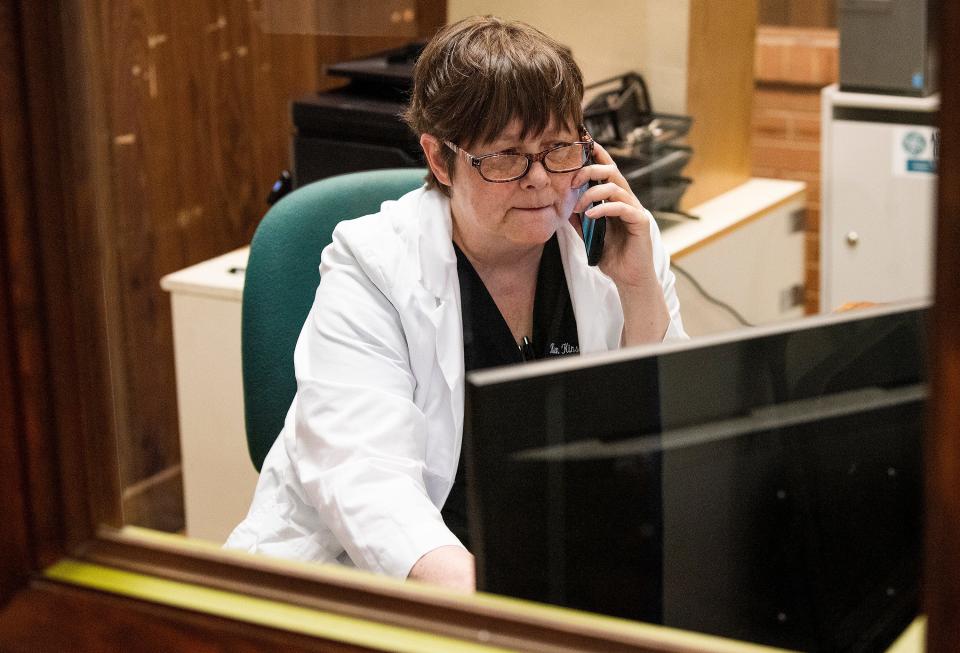
A similar trend can be seen in death counts: The tally of deaths rose fastest outside America’s major cities. And now, as the daily tally of new coronavirus cases starts to shrink in cities, it continues to grow in rural areas. For the week ending May 9, metropolitan counties announced 10% fewer new cases than the previous week. By comparison, rural counties announced 8% more cases than the previous week.
For residents in those communities, including those in the highest risk categories for COVID-19 — poor, elderly and suffering from underlying health conditions — a spate of recent hospital closures means the nearest emergency room is sometimes hours away and plagued by staff shortages and financial deficits.
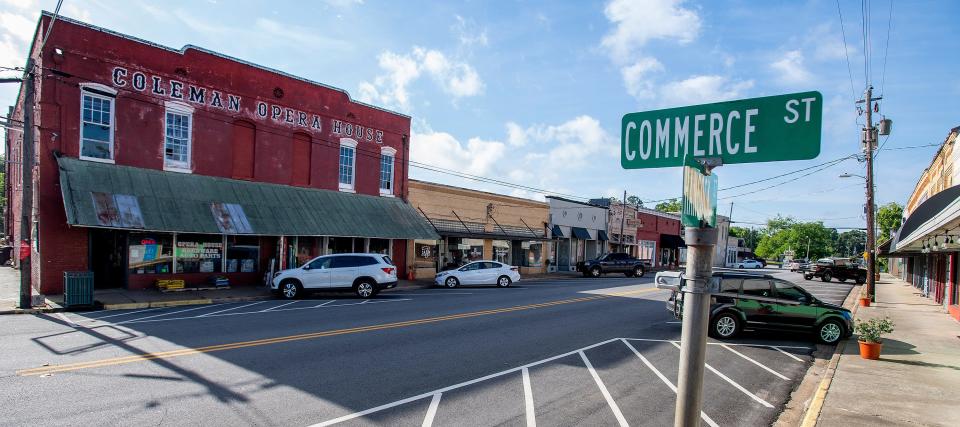
At least 130 rural hospitals have closed nationally in the past decade, according to the University of North Carolina Sheps Center for Health Services Research.
The majority were in states where lawmakers didn’t expand Medicaid under the Affordable Care Act, leaving already struggling hospitals the burden of millions in uncompensated costs from uninsured patients. In Texas alone, more than 20 rural hospitals closed. Tennessee lost 13. Nine closed in Oklahoma, and seven in Georgia.
Clay County’s only hospital closed in the 1980s. It lost its last pharmacy in 2018. Kinsell is the lone physician.
“There’s no way a hospital would be viable here,” Kinsell said, because the county has too few residents. “There are hospitals in two adjoining counties that have high infection rates. “I don’t know how they stay open.”
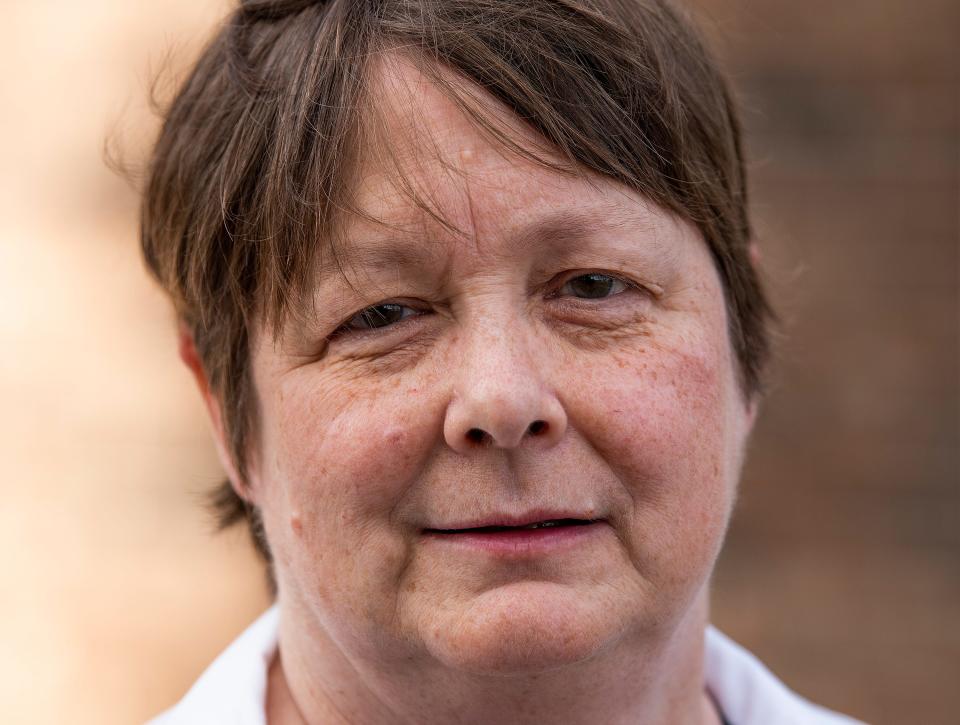
Nearly 600 U.S. counties without a hospital have at least one reported coronavirus case, according to a USA TODAY analysis. Together, these counties have seen more than 15,000 COVID-related deaths — or 23 per 100,000 residents. That’s higher than the death rate among counties with a hospital, which claims 17 per 100,000.
Rural hospitals in danger: Coronavirus strains cash-strapped hospitals, could cause up to 100 to close within a year
The gap is wider if urban hotspots like New York and New Jersey are excluded.
“The death total and infection rate in New York, New Orleans, Los Angeles and the big cities is a story and is significant,” said National Rural Health Association CEO Alan Morgan. “But the percentage of these rural towns that might be at risk — I don't see a path forward that doesn't play out horribly in rural communities.”
Greater needs, fewer options
Many of Clay County’s residents reflect rural America. They are elderly, uninsured, chronically ill or all of the above. Poverty, obesity and underlying diseases are prevalent.
Kinsell’s $10 fee for the uninsured — about one-third of her patients — is still too steep for some. She sees them anyway. “We don’t turn anyone away,” she said.
She refers those with coronavirus indicators to hospitals an hour drive away. Several have declined emergency care, fearing a bill they can’t afford.
“We’ve had quite a few people who just toughed it out at home,” Kinsell said, referring to those who earn too much to qualify for Medicaid but too little to cover the cost of private health insurance. “If you have some money, have some assets, those are the people that have to make a decision about whether to go to the hospital because they could lose their house over it.”
State lawmakers in Georgia and 13 other states have declined to expand Medicaid eligibility to patients like Kinsell’s under the federal Affordable Care Act. The decision stymies those patients’ access to medical care and leaves rural hospitals to foot the bill for millions in uncompensated costs when the uninsured seek treatment in their clinics and emergency rooms.

But lawmakers in states that eschewed Medicaid expansion argued they didn’t trust the federal government to reimburse them for the program’s costs. Plus, they contended, Medicaid already was plagued with problems, including low payment rates to doctors and hospitals.
As the largely partisan arguments over Medicaid played out over the last decade, hospitals continued to close at an alarming pace, particularly in the rural South.
Since 2010, Georgia has lost six hospitals and more than 210 hospital beds.
In 2019 alone, 18 hospitals closed nationwide, more than any previous year. Already 12 have closed in 2020, and experts expect COVID-19 to drive another record-setting year of closures.
The pandemic exposes the already threadbare reality of medical infrastructure in areas like Clay County, where hospital closures compound long-standing socioeconomic disadvantages that put the community’s health at risk.
In Clay County now, a lone ambulance is responsible for a territory spanning more than 200 square miles. It waits in Fort Gaines, near the state line and equidistant from the county’s farthest corners, to ferry patients east to Albany, Georgia, or southwest to Dothan, Alabama.
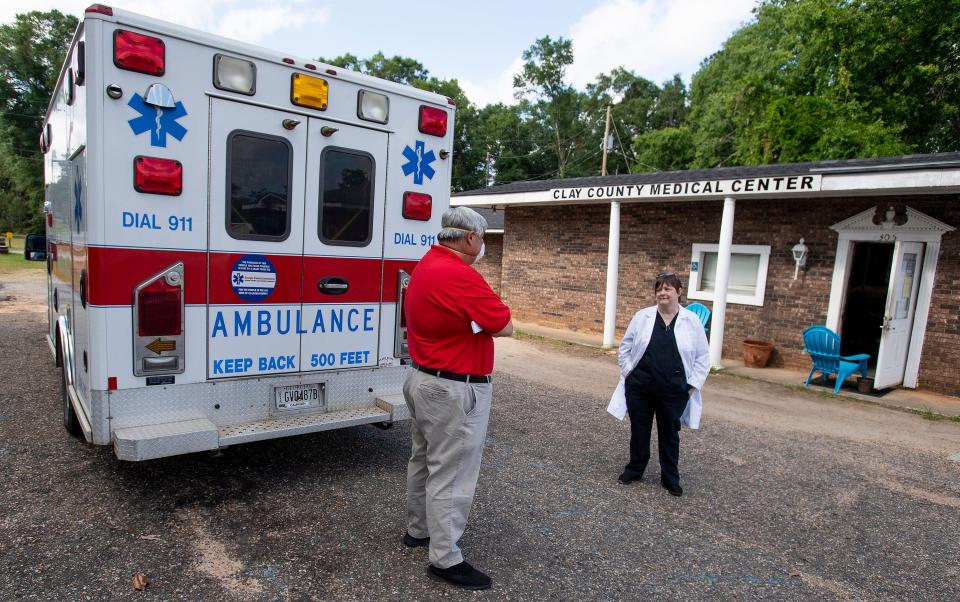
A round trip to either medical center could occupy the emergency transport for four hours, Kinsell said, “so you don’t just casually call an ambulance.”
As the pandemic encroached on her community, the ambulance’s sirens blared more than usual, a reminder that many poor, uninsured nonmetropolitan residents rely on emergency rooms for primary care.
“They wait until they’re very sick and then present themselves,” Morgan said. “Outcomes are worse, treatments are more difficult — and it’s going to be the same case for COVID-19.”
The difficulties facing rural populations extend beyond a lack of nearby options, though, University of Minnesota School of Public Health researcher Carrie Henning-Smith noted in a May 5 press conference.
Their counties — even those that have hospitals — are less likely to have ICU beds or ventilators available. Hospitals in metropolitan areas have 25 ICU beds on average compared to just six in nonmetropolitan and rural facilities, according to a USA Today analysis. While urban hospitals routinely used seven ventilators each week before the pandemic, others used less than two.
Rural areas might face other challenges. They may not have broadband internet and cellular connectivity. Some rural communities do not have running water and therefore the ability to regularly wash hands.
“This makes it difficult to access health care, including through telehealth,” Henning-Smith said. “It also makes it really difficult to remain socially connected or to have the opportunity to work remotely while maintaining physical distance.”
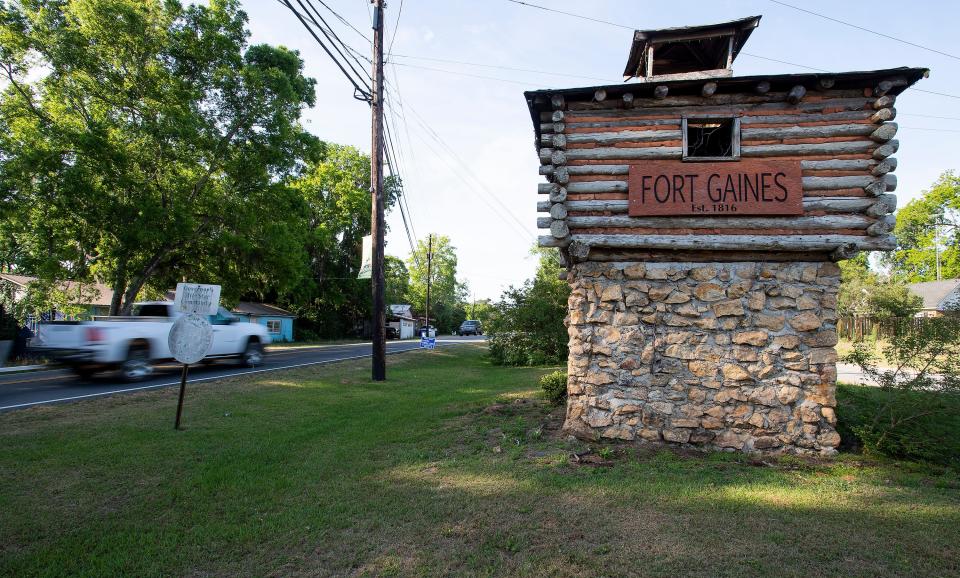
As of May 4, she said, 86% of all rural counties had at least one COVID-19 case, and one-third of rural counties had at least one COVID-19 death.
Rural households typically include more people than urban households. And since those who lack Medicaid or other insurance often shy away from seeking care, sicknesses spread quickly through family clusters.
“Rural America is the place where those who are most in need have the fewest options available,” Morgan said.
After the closures, there are roughly 2,000 rural hospitals left nationwide. Nearly half were operating at a financial loss before the pandemic required that they shut down most outpatient services, Morgan noted — resulting in a 70% to 80% slash in revenue. Struggling to make payroll, they looked to furlough or lay off staff.
Already short on staff and equipment, the remaining medical centers now have even smaller margins for error. What happens when a rural hospital’s sole ventilator is occupied, or a town’s only doctor falls ill?
“It’s a really quick shift from ‘we’ve got enough’ to ‘we have none,’” said Mark Holmes, director of the Cecil G. Sheps Center for Health Services Research at the University of North Carolina at Chapel Hill. “Rural areas are used to living on tighter tolerances. What this (pandemic) exposes more than anything is how tenuous that is.”
Reporter Jayme Fraser contributed to this story.
This article originally appeared on USA TODAY NETWORK: Coronavirus: Deaths, case rate up in counties with no nearby hospital

